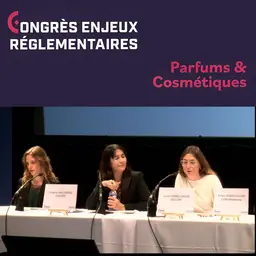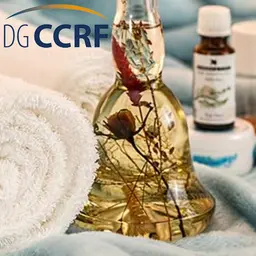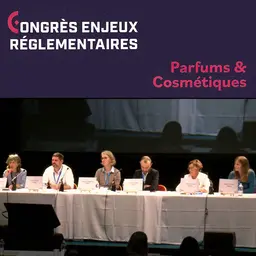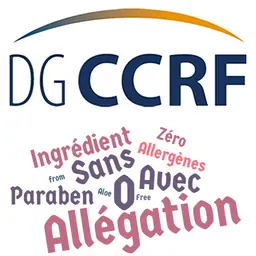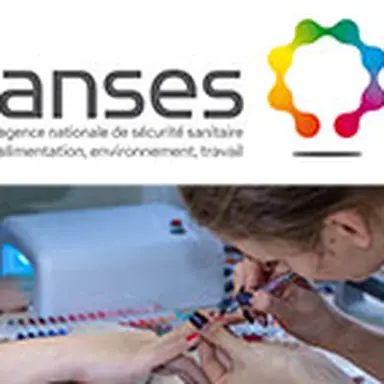
L'Anses has just published the results of its expertise on the health risk assessment of professionals exposed to products used in nail care and decoration activities. In view of the large number of substances to which professionals are exposed, the Agency issues a series of recommendations addressed to the various players concerned: marketers, professionals in the sector, public authorities, research and prevention institutions and bodies.
In 2009, at the request of the Direction générale de la santé (DGS), the Agence nationale de sécurité du médicament et des produits de santé (ANSM) assessed the risk to consumers associated with the use of toluene in cosmetic products, and more particularly in nail polishes, without however taking into account the possible risks to the health of professionals. These professionals also handle products containing hazardous chemicals other than toluene. The ANSM has therefore contacted the Anses (Agence de sécurité sanitaire alimentation, environnement, travail) to assess the risks related to the exposure of professionals to products used for nail care and decoration.
Nail care and decoration activities and professionals concerned
Nail care and decoration activities are performed by nail technicians and beauticians. These professionals are led to carry out various types of care and decoration of the nail: traditional or semi-permanent varnish application, manicure care and application of nail prostheses by various techniques ("gel" technique,"resin" technique…), nail styling.
This population, mostly female, is distributed in all age groups, mainly between 18 and 35 years. These professionals may be salaried or self-employed, working in dedicated premises or at clients' homes. Nail care and decoration establishments are small, often employing no more than five people.
Identified substances, diagnosed pathologies and means of prevention
The analysis of the available data made it possible to identify approximately 700 substances present in the composition of the products used or in the working atmospheres. 60 of these 700 substances were considered to be of high concern due to their highest hazard class (carcinogenic, mutagenic and toxic for reproduction (CMR) classification, sensitizer and/or on a list of potential endocrine disrupters).
Consistent with the literature, data from occupational disease surveillance networks indicate that the most frequently diagnosed disease groups in these workers are: - skin conditions, including mainly allergic contact dermatitis, - respiratory and ENT disorders, including mainly asthma, - headache, - musculoskeletal disorders, including mainly disorders related to prolonged and frequent sitting postures and repetitive hand, wrist or forearm movements.
In more than half of the cases, the pathology diagnosed is attributed to exposure to the family of (meth)acrylates, whose presence was confirmed in working atmospheres by a measurement campaign carried out among professionals in the Île-de-France and Hauts-de-France regions between July 2015 and October 2016. Indeed, the products used for nail cosmetics and mainly implicated in diagnosed pathologies are artificial nail shaping products (gel, resin) containing sensitizing (meth)acrylic monomers, irritants or even neurotoxic. These compounds are mainly responsible for the contact allergy dermatitis identified in these professionals. (Meth)acrylates may also be implicated in certain respiratory problems identified in these professionals, such as asthma.
The measurement campaign also revealed the presence of (semi)volatile organic compounds (CO(s)V) in the air, some of which are CMR and neurotoxic agents. Up to 42 CO(s)V could be identified in a single work room. However, individual CO(s)V concentrations are low compared to those generally measured at industrial sites. In contrast, total VOC and toluene concentrations are high compared to those measured in homes and outdoor air.
Professionals in this sector are also exposed to particles from nail and resin sanding operations. The fine characterization of these dusts, particularly chemical and particle size, is unknown.
Finally, the results of the measurement campaign also show that protective measures for the prevention of chemical risks, such as general ventilation, localized ventilation such as vacuum tables, gloves and dust masks, are rarely implemented by these professionals.
The Agency's recommendations
These recommendations concern both preventive and protective measures to be implemented, the chemical safety of cosmetic products and the assessment of the exposure of professionals, as well as measures relating to training and information for professionals.
• To professionals performing nail care and decoration activities Reinforce the implementation of chemical risk prevention measures to reduce exposures to hazardous chemical agents to a minimum: search for substitutes, use of vacuum tables and wearing of appropriate personal protective equipment.
• Cosmetic products on the market for nail care and decoration activities Implement in the short and medium term the development and/or replacement of products in order to eliminate exposures at source of various hazardous chemical agents, in particular polymerizable (meth)acrylic monomers, toluene, acetaldehyde… In second intention, develop products/techniques with which the professional would not come into contact ("no-touch") in cases where the substitution of the dangerous agent could not be technically possible.
• To public authorities Ensure that the risk assessment of professionals is carried out by the issuers on the market and systematically taken into account in the framework of the chemical safety assessments of cosmetic ingredients carried out by the European Scientific Committee on Consumer Safety (SCCS).
The Agency also recommends making harmonised training leading to a diploma compulsory for all persons involved in the fitting of nail prostheses, including a module on occupational risk prevention and good working practices.
As regards research, it appears necessary to improve knowledge on the effects and exposures, in particular to inhaled particles during sanding and filing operations, and in particular on the toxicity of these particles during these operations on artificial nails based on (meth)acrylates. The Agency also recommends improving knowledge on the state of health of this professional population and its evolution, concerning inter alia the risk of sensitisation, allergic contact dermatitis, asthma, adverse reproductive and developmental outcomes, neurological pathologies, autoimmune pathologies and even cancers.
To go further
- See the
Avis de l'Anses and its collective expert report, Évaluation des risques des professionnels exposés aux produits utilisés dans les activités de soin et de décoration de l'ongle
on the Agency's Web site.






